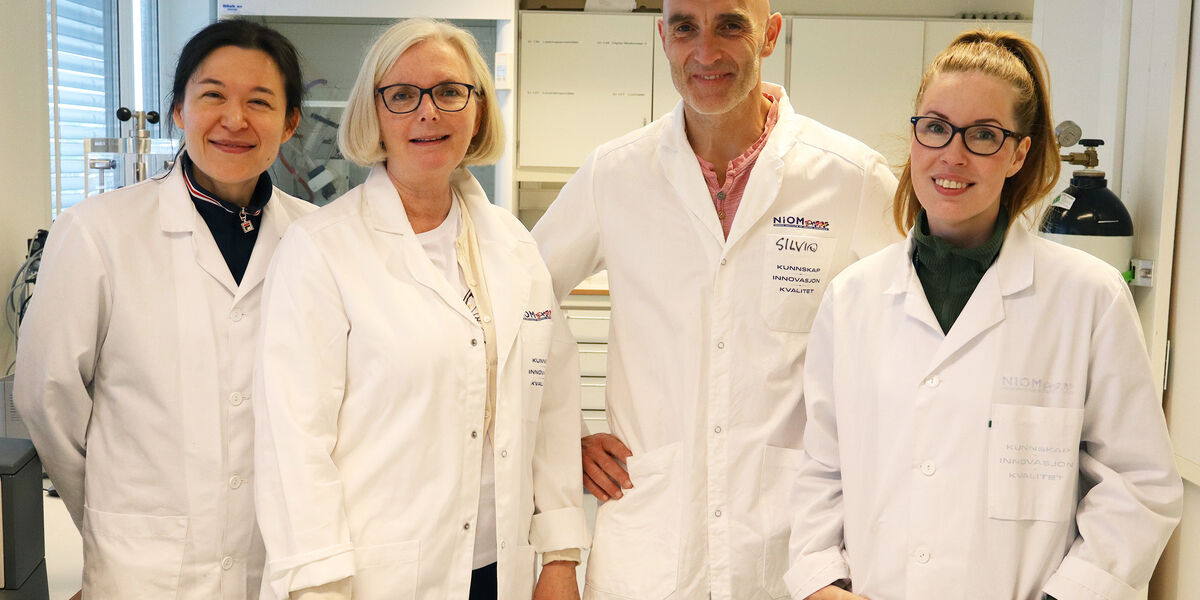"Our method enables us to obtain a more detailed understanding of bacterial signaling molecules, which could, for example, have implications for developing new antimicrobial strategies" says senior researcher Silvio Uhlig from NIOM.
In collaboration with NIOM colleagues Lene Grutle, Inger Sofie Dragland and Maria Pain, Silvio Uhlig has developed a method to detect and quantify specific signaling molecules, known as cyclic dinucleotides, in bacteria. These molecules play crucial roles in bacterial communication and regulation. The study focuses on optimizing a technique using ultra-high performance liquid chromatography coupled with tandem mass spectrometry (UHPLC-MS/MS) to accurately measure these compounds.
Findings
The team successfully separated and identified different structural forms (isomers) of cyclic dinucleotides, including cyclic di-AMP, cyclic di-GMP, and cyclic GAMP. Notably, they discovered an unidentified structural isomer of cyclic di-AMP present in several bacterial species. This finding suggests that bacteria may produce a wider variety of these signaling molecules than previously understood.
Key results from the project
- The optimized UHPLC-MS/MS method allows for the separation of 2',2'-, 2',3'-, and 3',3'-linked isomers of cyclic dinucleotides.
- Quantification was achieved using isotope dilution with 15N10-cyclic di-AMP as an internal standard, and matrix-matched calibration for other variants.
- The measurement uncertainty ranged from 10% to 41% at an extract concentration of 12 nM.
- The study demonstrated that measuring total protein in bacterial pellets can normalize nucleotide concentrations, thereby enabling for correction of differences in biomass between samples.

